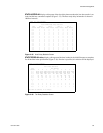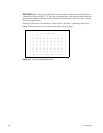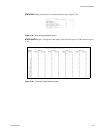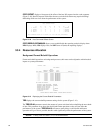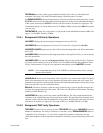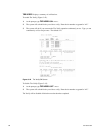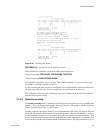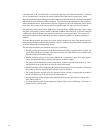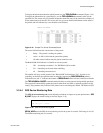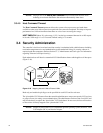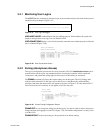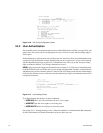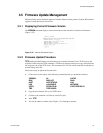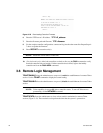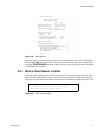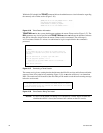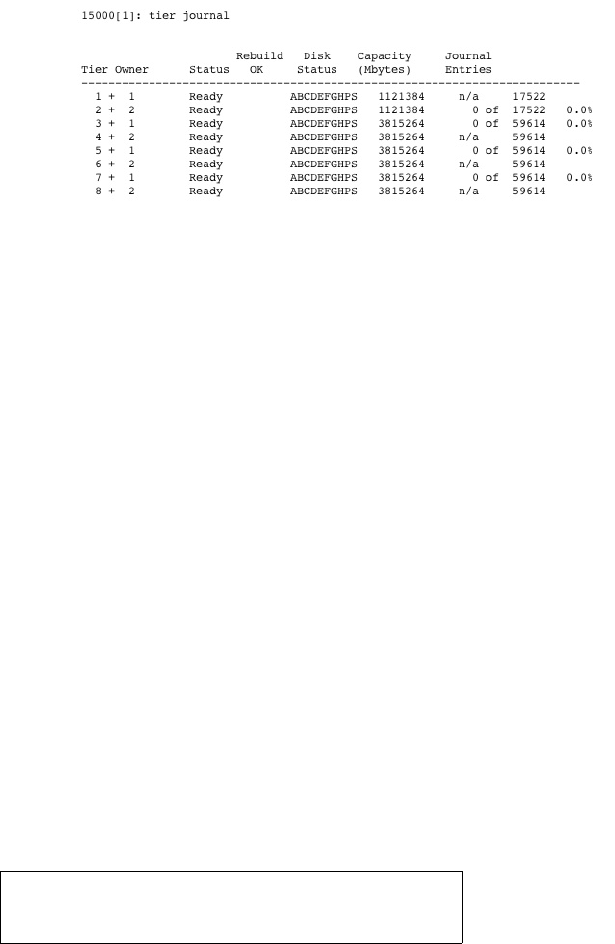
Controller Management
007-5510-002 71
To display the information about the rebuild journal, use the TIER JOURNAL command (Figure 3–44).
To display the information for a specified tier, use the TIER JOURNAL=t command, where t is the
specified tier. This screen will give detailed information about the status of the journal and a display of
all the journal entries for the tier. This screen will also give more detailed information on the status of
the journal and will indicate why it was disabled or invalidated.
Figure 3–44 Sample Tier Journal Command Screen
The status field indicates the current status of the journal:
• Ready - The journal is waiting for updates.
• Active - A disk is failed and the journal has updates.
• All other statuses indicate why the journal cannot be used.
The Rebuild OK field indicates if a rebuild can use the journal:
• Off - Journaling not enabled. Use JOURNAL=ON to enable.
• Yes - Journaling can be used when rebuilding.
• No - Journaling cannot be used.
The rebuilds will only use the journals if the “Rebuild OK” field indicates “Yes”. In order to use
journaling on rebuilds, the operation must be manually started using DISK REBUILD=tc where 't'
indicates the tier, and “c” indicates the channel or REBUILD=ALL which will start a rebuild on all disks.
The TIER JOURNAL=ON|OFF command enables/disables use of the journals during rebuild operations.
The system will automatically update the journals when disks are failed or replaced regardless of this
setting. This parameter only indicates if the journal can be used during the rebuild. The default is OFF.
3.3.4.4 SES Device Monitoring Rate
The SES device monitoring rate can be adjusted to minimize its impact on system performance. SES
M_WAIT displays the current setting in seconds
(Figure 3–45).
Figure 3–45 SES Device Monitoring Rate
SES M_WAIT=x sets the SES device monitoring rate for the system in seconds. Valid range is 4 to 90.
The default monitoring rate is 6 seconds.
15000 [1]: ses m_wait
SES timer m_wait = 6 seconds



